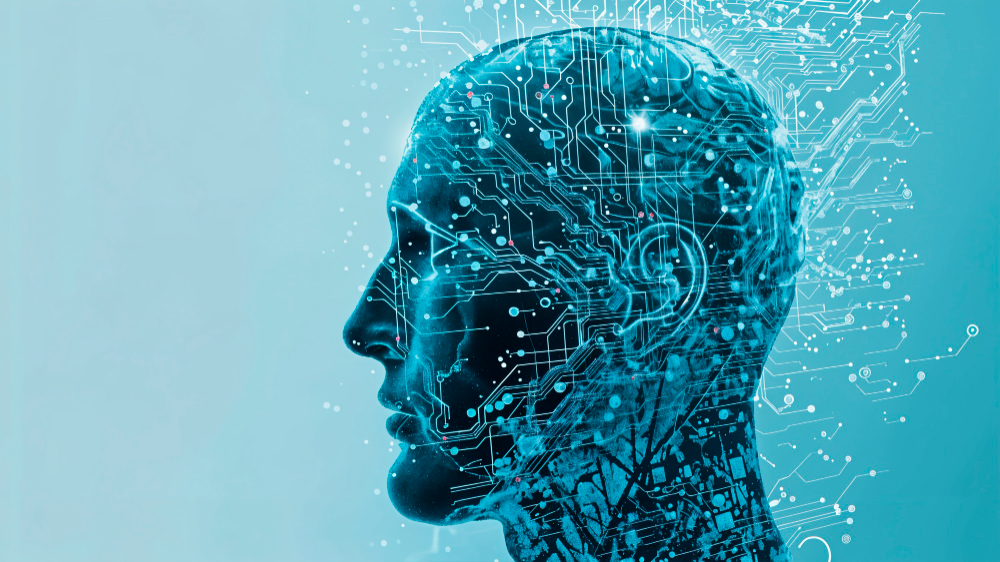
Ten Best AI Tools to Learn in 2025
1. OpenAI GPT-4 / GPT-5 Playground & API
Why Learn It: OpenAI’s GPT-4 and its successor GPT-5 (expected mid-2025) remain at the cutting edge of natural language processing. The API enables you to build chatbots, summarizers, content generators, and more.
Key Skills:
Prompt engineering
Fine-tuning (via OpenAI or third-party frameworks)
Integrating with apps using Python or Node.js
Use Case: Build intelligent customer support bots or AI writing assistants.
2. Hugging Face Transformers
Why Learn It: Hugging Face is the go-to hub for pre-trained models. Its Transformers library supports NLP, vision, and audio tasks using models like BERT, T5, and CLIP.
Key Skills:
Loading and training models
Tokenization and pipelines
Model sharing via the Hugging Face Hub
Use Case: Rapid prototyping of AI applications with minimal code.
3. LangChain
Why Learn It: LangChain is the backbone of many modern LLM-based apps. It’s perfect for building context-aware AI agents that interact with APIs, databases, and tools.
Key Skills:
Chaining prompts and agents
Tool integrations (e.g., Google Search, vector databases)
Retrieval-Augmented Generation (RAG)
Use Case: Create AI tools that can browse data, answer questions, and complete tasks.
4. TensorFlow 2.x and Keras
Why Learn It: TensorFlow remains a foundational tool for deep learning. Keras makes it user-friendly and great for quick experimentation.
Key Skills:
Neural network architecture design
Model training and evaluation
TensorBoard visualization
Use Case: Develop and deploy custom computer vision or time-series models.
5. PyTorch & PyTorch Lightning
Why Learn It: PyTorch is the most widely used framework in research and production AI. PyTorch Lightning simplifies model training workflows.
Key Skills:
Defining custom models
Using dataloaders and loss functions
Training across GPUs and TPUs
Use Case: Advanced model experimentation and scalable deployment.
6. Weights & Biases (WandB)
Why Learn It: This is a must-have for AI experiment tracking, model versioning, and visualizing performance metrics.
Key Skills:
Integrating with TensorFlow or PyTorch
Tracking hyperparameters and outputs
Collaborating on model results
Use Case: Optimize and monitor deep learning experiments.
7. Gradio / Streamlit
Why Learn It: These tools make it incredibly easy to turn AI models into interactive web apps without frontend knowledge.
Key Skills:
Building dashboards
Deploying models with real-time input
Sharing demos publicly or securely
Use Case: Deploy AI prototypes or demos quickly for clients or testing.
8. LlamaIndex (formerly GPT Index)
Why Learn It: LlamaIndex is critical for building AI apps that need to interact with private or custom documents, enabling powerful document Q&A systems.
Key Skills:
Indexing custom datasets
Integrating with vector databases
Connecting with LLMs for document reasoning
Use Case: Internal document search tools, legal or academic assistants.
9. NVIDIA AI Tools (e.g., TAO Toolkit, Triton Inference Server)
Why Learn It: NVIDIA continues to dominate AI hardware and infrastructure. Its tools are built for scalable model training and deployment on GPUs.
Key Skills:
Training models with transfer learning
Optimizing models for inference
Deploying on edge and cloud devices
Use Case: Enterprise-grade AI applications with real-time performance.
10. Cohere / Anthropic / Claude APIs
Why Learn It: As OpenAI faces competition, Cohere (for text and embeddings) and Anthropic’s Claude models are becoming strong alternatives.
Key Skills:
Using APIs for language generation and understanding
Semantic search and summarization
Ethics-aware AI integrations
Use Case: Build ethical and efficient language applications with diverse LLM options.


